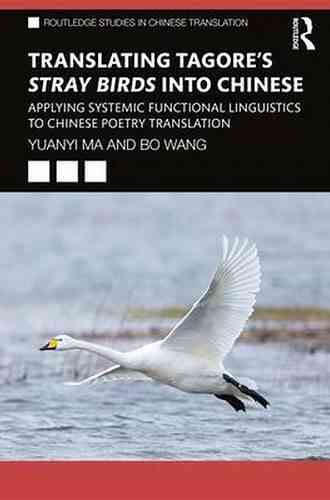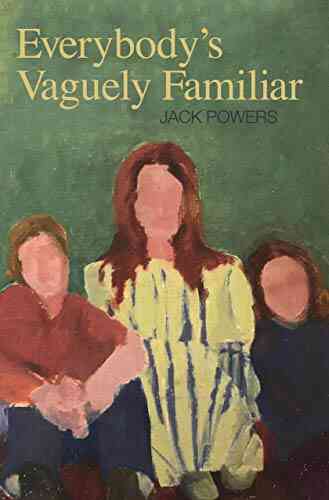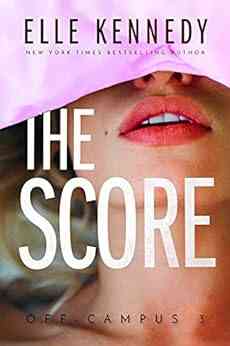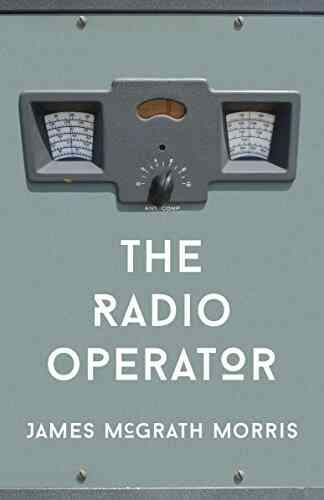Applying Systemic Functional Linguistics To Chinese Poetry Translation


The Art of Chinese Poetry Translation
Chinese poetry has a rich history dating back thousands of years, and it holds a significant place in Chinese culture. Translating Chinese poetry into other languages is a challenging task due to its unique structure, cultural references, and linguistic nuances. Each character in Chinese carries not only its own meaning but also its sound, tone, and rhythm, making it a complex art form to replicate in a different language.
Applying Systemic Functional Linguistics (SFL) to Chinese poetry translation offers a new approach to preserving the essence and musicality of these ancient poems, while also providing a clearer understanding of the poet's original intention.
Understanding Systemic Functional Linguistics
Systemic Functional Linguistics, developed by Michael Halliday, emphasizes the interdependence of language and social context, examining how language functions in different situations. It focuses on the choices made in constructing meaning and emphasizes the role of grammar and lexicon in achieving communicative intentions.
5 out of 5
| Language | : | English |
| File size | : | 6552 KB |
| Screen Reader | : | Supported |
| Print length | : | 194 pages |
| Paperback | : | 140 pages |
| Item Weight | : | 9.4 ounces |
| Dimensions | : | 6 x 0.32 x 9 inches |
| Hardcover | : | 30 pages |
| X-Ray for textbooks | : | Enabled |
When applied to Chinese poetry, SFL can help analyze the structural and functional aspects of the poems, including the use of metaphors, symbolism, and various rhetorical devices. By understanding these linguistic choices, translators can create more accurate and effective translations that capture the poetic essence and preserve the cultural significance of the original work.
Breaking Down Chinese Poetry
Chinese poetry is characterized by its concise yet profound nature. Poets often employ techniques such as parallelism, alliteration, and repetition to evoke specific emotions or create vivid imagery. Understanding the underlying grammatical structures, the tonal patterns, and the interplay of words is crucial in conveying the intended meaning.
Using SFL, translators can examine the semantic patterns, syntactic structures, and register choices employed in the original traditional Chinese poems. By understanding the system of choices made by the poet, translators can better recreate the same effects in the target language.
For example, the use of metaphor in Chinese poetry often relies on specific linguistic features that carry layers of meaning. By analyzing the choices made by the poet, translators can identify and adapt these metaphors into the target language more accurately, capturing the essence of the original poem.
Preserving Cultural Significance
Chinese poetry reflects the cultural values, historical events, and societal norms of ancient China. It serves as a window into the past, offering insights into the thoughts and emotions of the Chinese people throughout history. Preserving this cultural significance in translation is crucial to ensure the essence and impact of the original work are not lost.
SFL provides a framework for capturing the cultural and contextual features of Chinese poetry. By examining the linguistic choices made by the poet, translators can uncover the cultural references, allusions, and historical elements present in the original work. This enables them to convey the same cultural richness in the translated version.
Applying Systemic Functional Linguistics to Chinese poetry translation allows for a more accurate and culturally sensitive approach to preserving the essence of these ancient poems. By understanding the choices made by the poet and analyzing the structural and functional aspects of the original work, translations can capture the musicality, depth, and cultural significance of Chinese poetry, making it accessible to a wider audience.
Through this innovative approach, the beauty and power of Chinese poetry can be shared with the world, fostering cross-cultural understanding and appreciation of this ancient art form.
5 out of 5
| Language | : | English |
| File size | : | 6552 KB |
| Screen Reader | : | Supported |
| Print length | : | 194 pages |
| Paperback | : | 140 pages |
| Item Weight | : | 9.4 ounces |
| Dimensions | : | 6 x 0.32 x 9 inches |
| Hardcover | : | 30 pages |
| X-Ray for textbooks | : | Enabled |
Translating Tagore’s ‘Stray Birds’ into Chinese explores the choices in poetry translation in light of Systemic Functional Linguistics (SFL) and illustrates the ways in which readers can achieve a deeper understanding of translated works in English and Chinese.
Focusing on Rabindranath Tagore’s ‘Stray Birds’, a collection of elegant and philosophical poems, as a source text, Ma and Wang analyse four Chinese target texts by Zheng Zhenduo, Yao Hua, Lu Jinde and Feng Tang and consider their linguistic complexities through SFL. This book analyses the source text and the target texts from the perspectives of the four strata of language, including graphology, phonology, lexicogrammar and context.
Ideal for researchers and academics of SFL, Translation Studies, Linguistics, and Discourse Analysis, Translating Tagore’s ‘Stray Birds’ into Chinese provides an in-depth exploration of SFL and its emerging prominence in the field of Translation Studies.
Do you want to contribute by writing guest posts on this blog?
Please contact us and send us a resume of previous articles that you have written.




















Light bulbAdvertise smarter! Our strategic ad space ensures maximum exposure. Reserve your spot today!
 Israel BellFollow ·5k
Israel BellFollow ·5k Alexander BlairFollow ·14.8k
Alexander BlairFollow ·14.8k John GreenFollow ·18.7k
John GreenFollow ·18.7k Blake BellFollow ·6.7k
Blake BellFollow ·6.7k Dylan MitchellFollow ·15.2k
Dylan MitchellFollow ·15.2k Camden MitchellFollow ·2.9k
Camden MitchellFollow ·2.9k Hugh BellFollow ·2.3k
Hugh BellFollow ·2.3k Fyodor DostoevskyFollow ·14.4k
Fyodor DostoevskyFollow ·14.4k

 Jesus Mitchell
Jesus MitchellUnveiling the Cosmic Mystery: The Star Emkay Connor...
The universe is an endless expanse filled...

 Roy Bell
Roy BellGood Hunting: Can You Kill the King? - A Thrilling...
Are you ready for an...
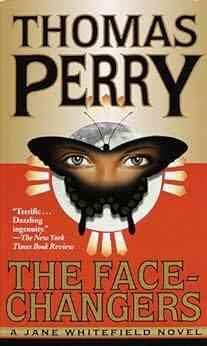
 Gary Cox
Gary CoxThe Face Changers: Jane Whitefield - A Master of Disguise
Imagine a world where you could change...

 Dashawn Hayes
Dashawn HayesChristmas Wishes Key Largo Christmas: A Magical...
The holiday season is truly a time of wonder...

 Kirk Hayes
Kirk HayesUnearth the Mysteries with Relic Hunter Coastal Vigilante
Welcome to the world of Relic...
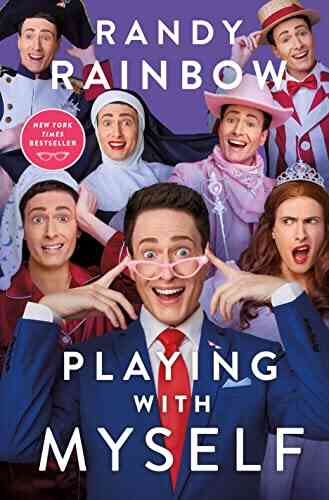
 Kevin Turner
Kevin TurnerPlaying With Myself: Randy Rainbow Takes the Stage
Do you enjoy music, comedy, and quick-witted...

 Virginia Woolf
Virginia WoolfTank Blue Collar Billionaires Malone: The Inspiring Rags...
When you think of billionaires, images of...

 Norman Butler
Norman ButlerGive The Baby To The Fuhrer - A Gripping Military Fiction...
The Third Reich's involvement in World...
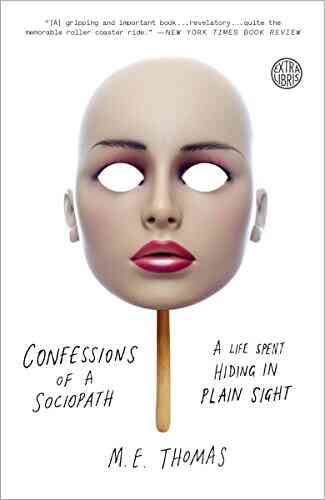
 Mike Hayes
Mike HayesConfessions of a Sociopath: Unveiling the Dark Mind
Have you ever wondered what goes on...
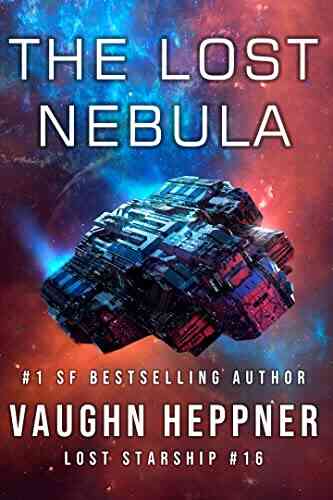
 Austin Ford
Austin FordThe Lost Nebula Lost Starship 16: An Epic Journey Beyond...
Have you ever dreamt of embarking on a...

 Guillermo Blair
Guillermo BlairPoison Orchids: A Darkly Compelling Psychological...
If you're a fan of gripping psychological...

 Carlos Fuentes
Carlos FuentesApache Nifi 51 Interview Questions: A Comprehensive Guide...
Are you preparing for a job interview that...
5 out of 5
| Language | : | English |
| File size | : | 6552 KB |
| Screen Reader | : | Supported |
| Print length | : | 194 pages |
| Paperback | : | 140 pages |
| Item Weight | : | 9.4 ounces |
| Dimensions | : | 6 x 0.32 x 9 inches |
| Hardcover | : | 30 pages |
| X-Ray for textbooks | : | Enabled |


